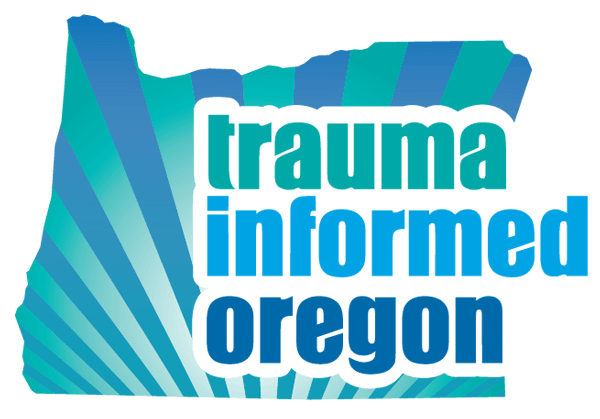Blog
 Emphasizing Resilience in TIC Trainings
Emphasizing Resilience in TIC Trainings

From Danielle Grondin, Special Projects, Trauma Informed Oregon
Updating Core Content from a Peer Perspective
As a person with lived experience with trauma, some training that has been offered under the wider umbrella of trauma informed care (TIC) can sometimes leave me with mixed feelings of hopelessness, frustration, or concern. Having discussed this experience with a few other survivors, they expressed similar sentiments that vary greatly depending on the content and how it is being delivered. For example, I have felt particularly distraught after lessons on epigenetics and adverse childhood experiences (ACEs). I remember a sense of impending doom when I first learned that the number of ACEs someone has is often linked to long term negative effects on their health and wellbeing as adults, including the potential of early death with the likelihood of intergenerational adversity. (Insert dramatic dun dun dun sound.)
Resisting Retraumatization in Trauma Informed Care Trainings
Skilled trainers will be certain to emphasize protective and buffering factors like safe social support, nurturing environments, and our personal agency to alter such outcomes. However, these important points are not always explicitly built into the material. Seeing that a core tenet of TIC is resisting retraumatization, such a paradoxical reaction to any TIC training is less than ideal. Though, perhaps even more unsettling to me is when matters connected to resiliency, hope, and joy come across as more of an addendum to some lessons, rather than being intentionally included throughout. While training on TIC, I believe it is imperative to repeatedly reinforce messages connected to resiliency, which include the possibilities of prevention, joy, hope, growth, meaning, and recovery.
Updating Trauma Informed Oregon’s Foundational Material
Part of my role at Trauma Informed Oregon (TIO) is to center the voices and perspectives of those with lived experience with trauma, including within our training and dissemination material. Together with TIO staff and community partners, we have been updating TIO’s foundational material to emphasize the power of buffering variables like nurturing relationships, safe environments, community care, and connection to culture. We believe it is also critical to include ways to potentially reverse, counter, and heal from the negative impacts of trauma and adversity. This process has made me wonder: what would other trainers and participants find to be important additions to the material and what would be the best way to invite this feedback?
We would love to hear from you if you have any thoughts on these matters:
- What lessons connected to TIC have been the most meaningful to you? Why? Was there anything in particular that made it stick out?
- Have there been any challenging TIC topics for you? If so, do you have any ideas on how they could have been done differently?
